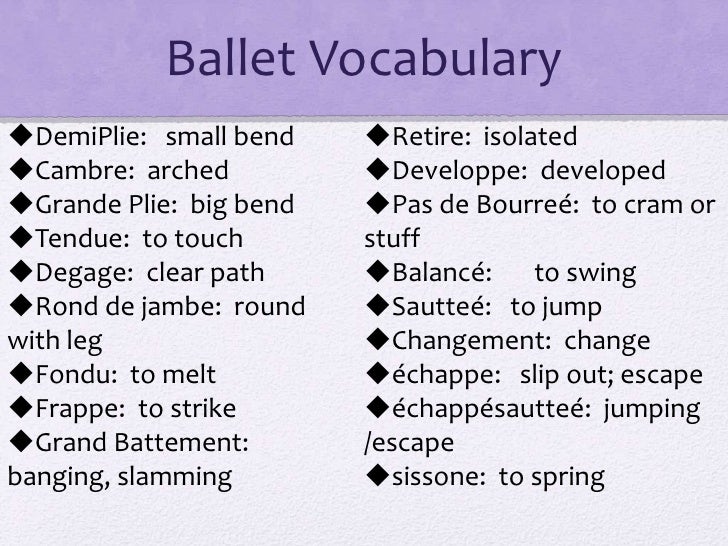The culinary and ballet worlds use mostly french words and terms

The Culinary and Ballet Worlds: A Language of French Terms


Have you ever wondered why the culinary and ballet worlds often use French words and terms? It may seem peculiar, but there’s an intriguing historical connection between the two disciplines. Both have a rich heritage that owes much to French contributions over the centuries.
French cuisine has long been regarded as one of the world’s finest, and it has greatly influenced culinary practices worldwide. French terms are commonly used in professional kitchens to describe various cooking techniques, ingredients, and even kitchen equipment. From “sauté” and “flambé” to “mise en place” and “au gratin,” these French words have become a natural part of the culinary vernacular.
The integration of French terms in the culinary field can be primarily attributed to the esteemed status of French cuisine itself. French cooking techniques, such as “sous vide” (cooking food in a vacuum-sealed bag at a precise temperature), have gained popularity and are now widely used in modern kitchens. The French have also introduced iconic dishes like “filet mignon,” “escargots,” and “croissants” that have become staples in many countries.
Similarly, the world of ballet owes much of its heritage to French influence. France played a significant role in shaping ballet as we know it today. In the 17th century, French king Louis XIV popularized ballet by founding the Académie Royale de Danse (Royal Dance Academy). This institution established the basic principles and vocabulary of classical ballet, many of which are still in use today.
French terms such as “plié,” “pirouette,” and “grand jeté” have become fundamental components of ballet’s technical language. These terms describe the precise movements, positions, and steps that dancers execute during performances. Their continued use in ballet schools and companies around the world highlights the enduring influence of French ballet traditions.
The incorporation of French vocabulary in both the culinary and ballet worlds extends beyond mere terminology. It signifies a respect for the origins, techniques, and traditions that have shaped these disciplines. By utilizing French words, professionals in these fields honor the legacy of French masters and pay homage to the historical roots that continue to inspire and guide their practices.
So, the next time you enjoy a decadent “crème brûlée” or marvel at the grace of a “pas de deux,” remember the profound connection between the culinary and ballet arts with the captivating language they share. They unite not only on the plates and stages but also through the enduring legacy of French words and terms that infuse their respective worlds. Whether you’re savoring flavors or witnessing grace, you’ll appreciate the cultural richness and heritage behind these captivating art forms.
Tags
Share
Related Posts
Quick Links
Legal Stuff

